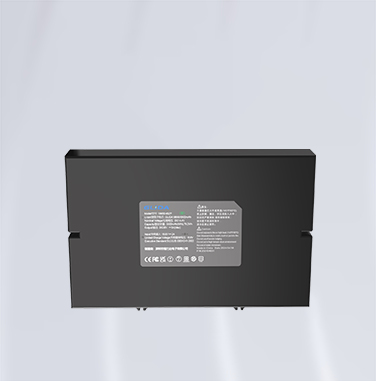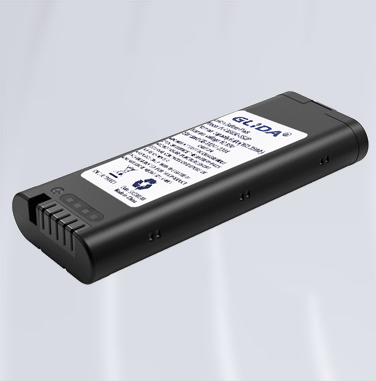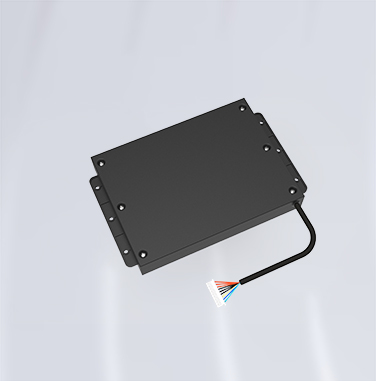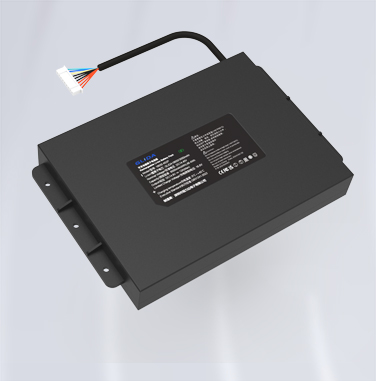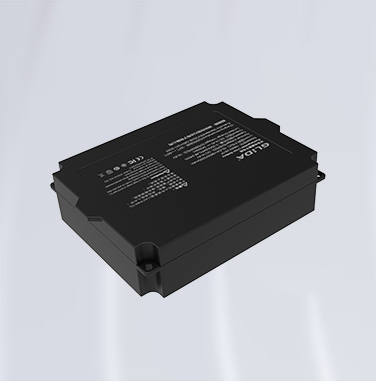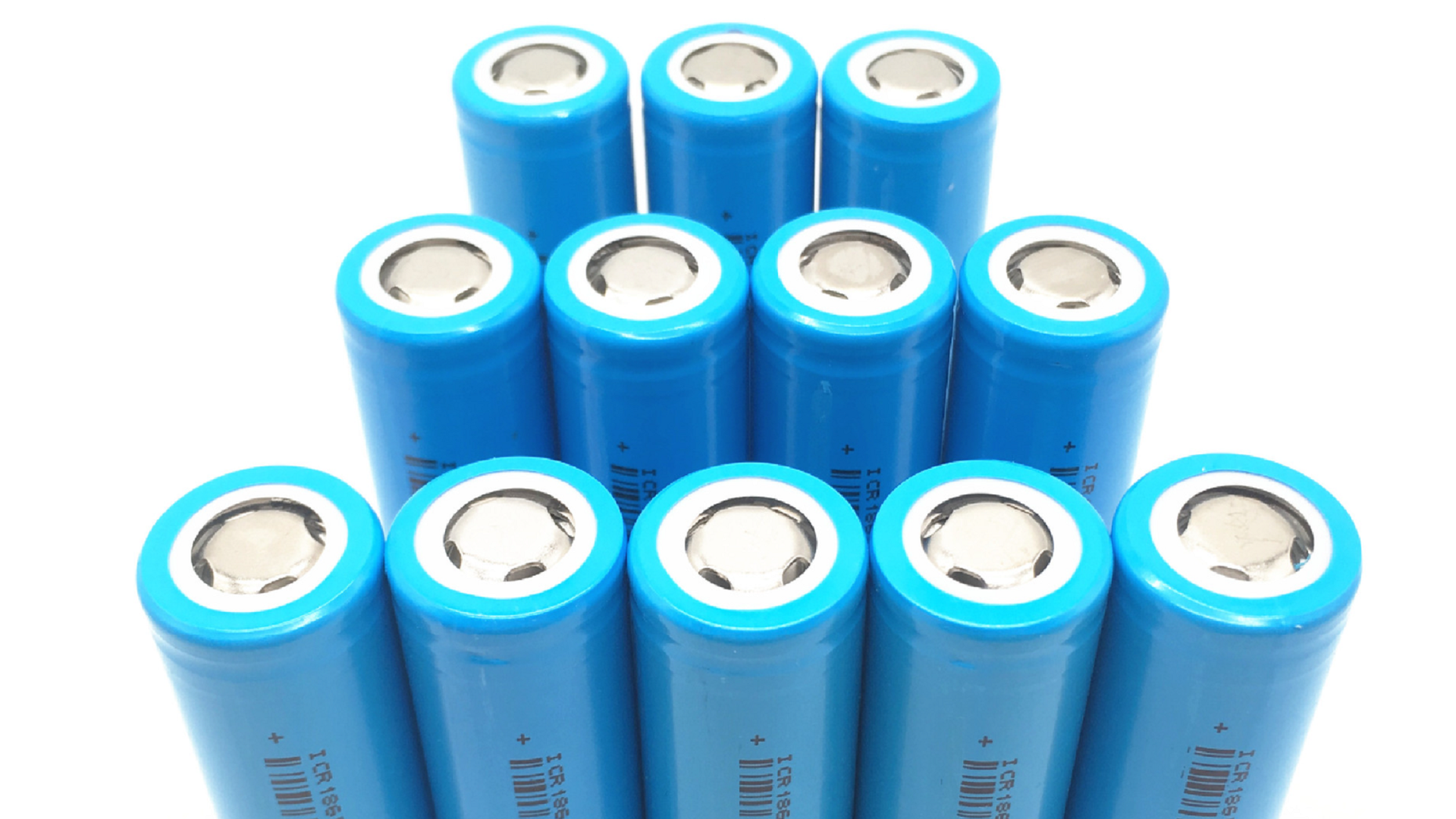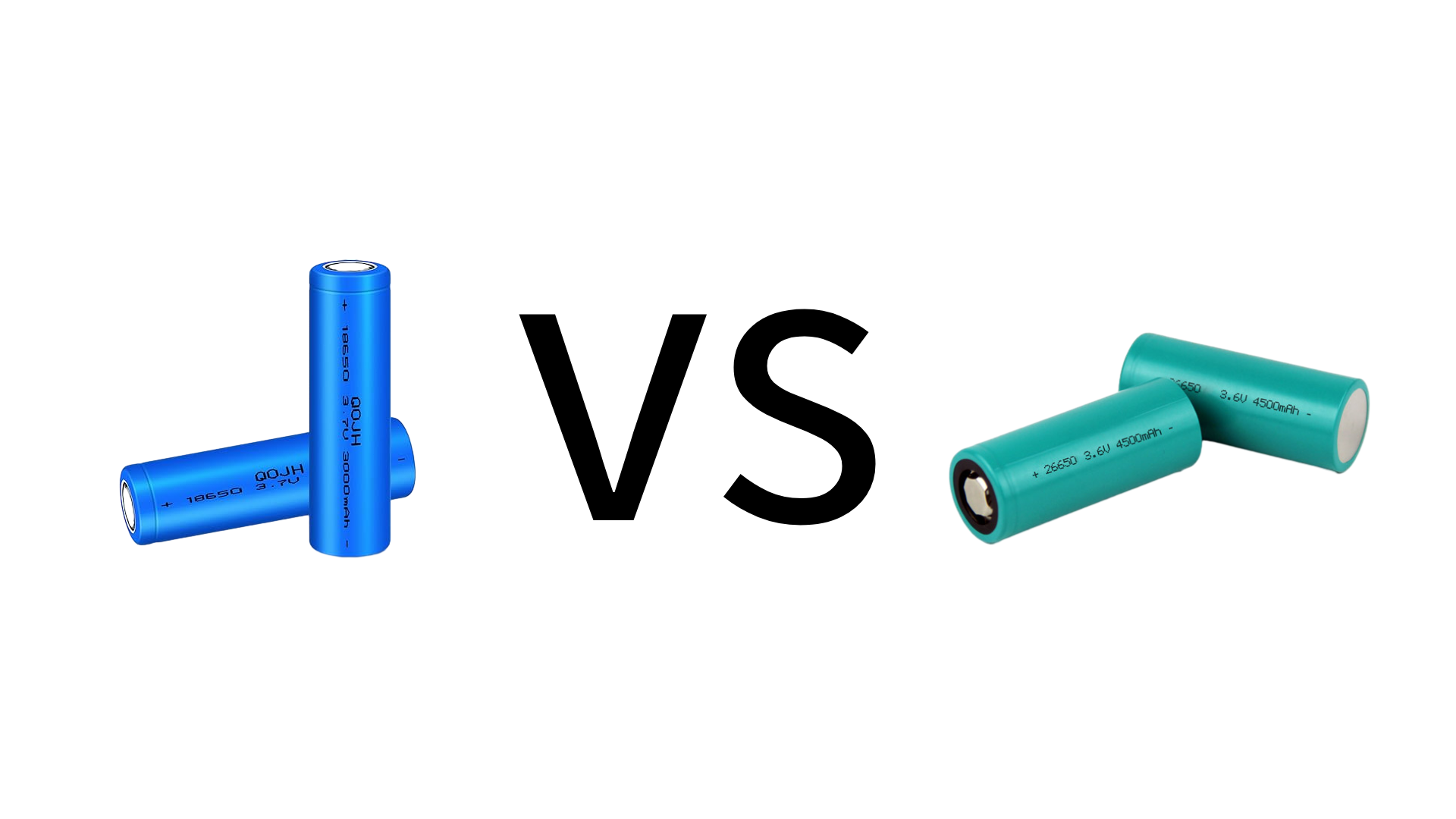
In today’s tech-driven world, the 18650 battery has become the powerhouse behind everything from laptops to electric vehicles. This cylindrical lithium-ion cell offers unique advantages that make it a preferred choice for engineers and consumers alike. Let’s explore why these 3.7V batteries continue to revolutionize portable power solutions.
1. Unmatched Energy Density
18650 batteries pack 1200-3600mAh capacity in their compact 18mm x 65mm design, delivering more power per cubic inch than standard AA batteries. Their high energy density makes them ideal for:
- High-drain devices (drones, power tools)
- Long-lasting electronics (flashlights, medical equipment)
- Energy storage systems
2. Enhanced Cycle Life
With proper maintenance, premium 18650 cells offer:
- 500-1000 charge cycles (3x more than alkaline batteries)
- 80% capacity retention after 300 cycles
- Stable voltage output throughout discharge
3. Superior Safety Features
Modern 18650 batteries incorporate:
- PTC (Pressure-Temperature Current) protection
- CID (Current Interrupt Device)
- Thermal runaway prevention
- Venting mechanisms for gas release
4. Fast Charging Capability
Advanced 18650 cells support:
- 0.5C-1C standard charging rates
- 4.2V termination voltage
- 2-4 hour full charge times
- Trickle charge maintenance modes
5. Temperature Resilience
Operating range:
- Charge: 0°C to 45°C (32°F to 113°F)
- Discharge: -20°C to 60°C (-4°F to 140°F)
- Storage: -20°C to 25°C (-4°F to 77°F) ideal
6. Eco-Friendly Power Solution
18650 batteries reduce environmental impact through:
- 5-10 year lifespan
- 97% recyclability rate
- RoHS-compliant materials
- Lower waste generation vs disposable cells
7. Cost-Effective Long-Term Use
While initial costs are higher than disposable batteries, 18650 cells offer:
- 0.10−0.30 per cycle cost
- 5x+ longer service life
- Reduced replacement frequency
Glida Battery 18650 batteries:
Applications of 18650 Batteries
1. Energy Storage Solutions
18650 batteries play a pivotal role in modern energy systems:
- Renewable Energy Storage: Used in solar and wind energy systems to stabilize intermittent power output, enhancing grid reliability.
- Telecommunication Base Stations: Provide backup power to ensure uninterrupted signal transmission.
- Home Energy Systems: Integrated with solar panels for off-grid residential power, reducing reliance on traditional grids.
- Portable Power Stations: Compact outdoor/emergency power solutions, such as water bottle-shaped battery packs designed for camping or disaster preparedness.
2. Transportation & Industrial Power
- Electric Vehicles (EVs): Tesla’s early battery packs utilized 18650 cells for their high capacity and rapid charging capabilities.
- E-Bikes & Scooters: Deliver long-range performance and durability for urban mobility.
- High-Power Tools: Drills, chainsaws, and robotic systems rely on 18650 cells for sustained high-discharge performance.
- Drones & Robotics: Enable extended flight times and operational efficiency in commercial and industrial drones.
3. Consumer Electronics
- Portable Devices: Laptops, tablets, and smartphones use 18650 cells for compact, long-lasting power.
- Wearable Tech: AI glasses, smart helmets, and TWS earbuds leverage their small size and low self-discharge rates.
- Outdoor Gear: High-capacity 18650 batteries power adventure lanterns, bike lights, and portable chargers.
- DIY Projects: Modules like dual-slot 18650 holders enable hobbyists to build custom power banks or micro-device energy systems.
4. Emerging Technologies
- AI & AR/VR Devices: Support high computational demands in AI laptops and augmented reality headsets.
- Medical Equipment: Used in portable ventilators, wheelchairs, and diagnostic tools due to safety and reliability.
- Military & Aerospace: Deployed in ruggedized equipment and satellites for extreme-environment performance.
18650 Battery FAQ:
Q1: Are 18650 batteries allowed on airplanes?
A: Yes, when carried in carry-on luggage (≤100Wh cells). Check IATA guidelines for quantity limits.
Q2: Can I replace AA batteries with 18650?
A: Not directly – they have different voltages (3.7V vs 1.5V) and sizes. Use only in compatible devices.
Q3: How long do 18650 batteries last?
A: Typically 3-5 years with proper care. Capacity decreases by ~20% after 300 full cycles.
Q4: Are all 18650 batteries rechargeable?
A: Yes, they’re lithium-ion cells designed for recharging. Avoid counterfeit non-rechargeable versions.
Q5: What’s the difference between protected vs unprotected 18650?
A: Protected cells have built-in PCB for overcharge/discharge protection. Unprotected require external circuit control.
Q6: Can 18650 batteries power high-drain devices like drones?
A: Yes—their high discharge rates (up to 4.2A) make them ideal for drones, power tools, and robotics.
Q7: Are 18650 cells safe for home energy storage?
A: Modern variants include protection circuits (PTC, CID) to prevent overcharging and thermal issues, ensuring safe operation.
Q8: How long do 18650 batteries last in EVs?
A: Premium cells retain ~80% capacity after 500 cycles, translating to 3–5 years of moderate use.
Q9: Can I use 18650 batteries in DIY projects?
A: Absolutely! Modules like dual-slot holders simplify integration into custom power banks or IoT devices.
Q10: What makes 18650 batteries suitable for wearable tech?
A: Their compact size (18×65mm) and energy density (up to 3600mAh) balance portability and runtime.
Optimizing 18650 Battery Performance
To maximize your battery’s lifespan:
- Use smart chargers with auto-shutoff
- Maintain 40-80% charge for storage
- Avoid complete discharges
- Store in temperature-controlled environments


